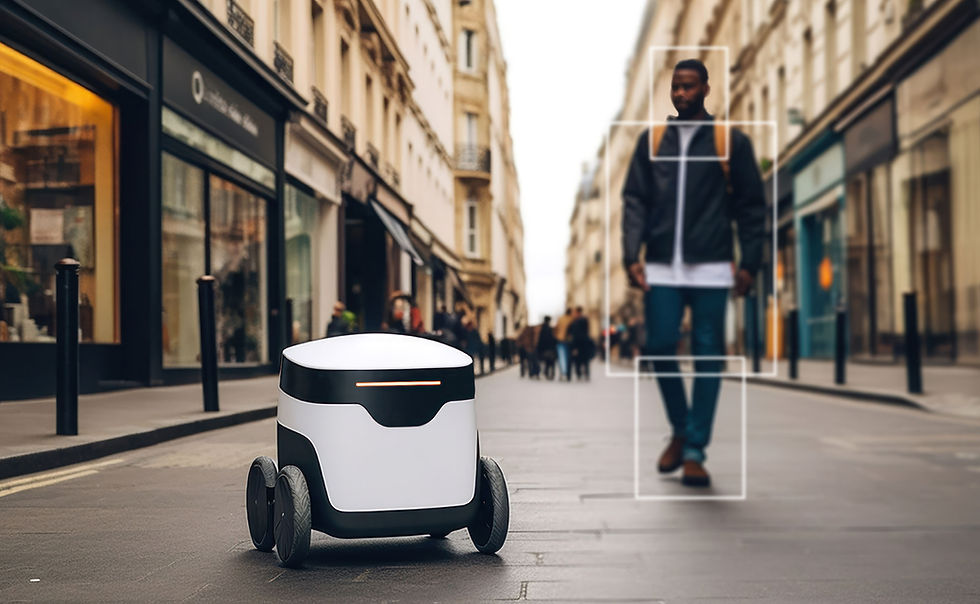How to simply use AI in your business
- jb8508
- 11 mars
- 2 min de lecture

At its core, AI is about augmenting human capabilities rather than replacing them. Tools like ChatGPT, for instance, allow businesses to automate repetitive tasks such as drafting emails, generating reports, or even creating marketing content. This not only saves time but also frees up employees to focus on more strategic and creative endeavors. For example, customer service teams can deploy AI chatbots to handle routine inquiries, ensuring faster response times while allowing human agents to address more complex issues. This balance between automation and human intervention is where AI truly shines.
One of the most significant advantages of AI is its ability to process and analyze vast amounts of data in real time. Businesses can leverage this capability to gain insights into customer behavior, market trends, and operational inefficiencies. For instance, AI-driven analytics tools can identify patterns that might go unnoticed by human analysts, enabling companies to make data-driven decisions with confidence. This is particularly valuable in industries like retail, where understanding consumer preferences can lead to more personalized marketing strategies and improved customer satisfaction.
Moreover, AI fosters innovation by enabling businesses to experiment and iterate more efficiently. Generative AI models, like those used in product design or content creation, allow teams to prototype ideas quickly and at a lower cost. This accelerates the innovation cycle and reduces the risks associated with traditional trial-and-error approaches. For example, a fashion brand could use AI to generate multiple design concepts based on current trends, streamlining the creative process and ensuring a faster time-to-market.
However, the successful implementation of AI requires more than just adopting the latest tools. Businesses must also address challenges such as data readiness, ethical considerations, and employee training. Ensuring that data is clean, organized, and accessible is crucial for AI to deliver accurate and meaningful results. Additionally, organizations must establish clear guidelines for the ethical use of AI, particularly when it comes to data privacy and decision-making transparency.
Training employees to work alongside AI is another critical factor. By fostering a culture of collaboration between humans and machines, businesses can maximize the potential of AI while minimizing resistance to change. This involves not only technical training but also helping employees understand the strategic value of AI and how it can enhance their roles.
In conclusion, AI is not just a tool but a transformative force that can redefine how businesses operate and compete. By leveraging AI technologies like ChatGPT and others, organizations can streamline processes, uncover new opportunities, and drive sustainable growth. The key is to approach AI with a clear strategy, focusing on practical applications that align with business goals. As AI continues to evolve, its potential to boost productivity and innovation will only grow, making it an indispensable asset for forward-thinking businesses.



Commentaires